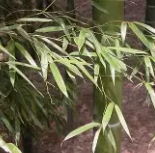Information report for PH01000642G0890
Gene Details
|

|
Functional Annotation
Family Introduction
Literature and News
Gene Resources
Sequences
Information report for PH01000642G0890
Gene Details
|

|
Functional Annotation
Family Introduction
Literature and News
Gene Resources
Sequences